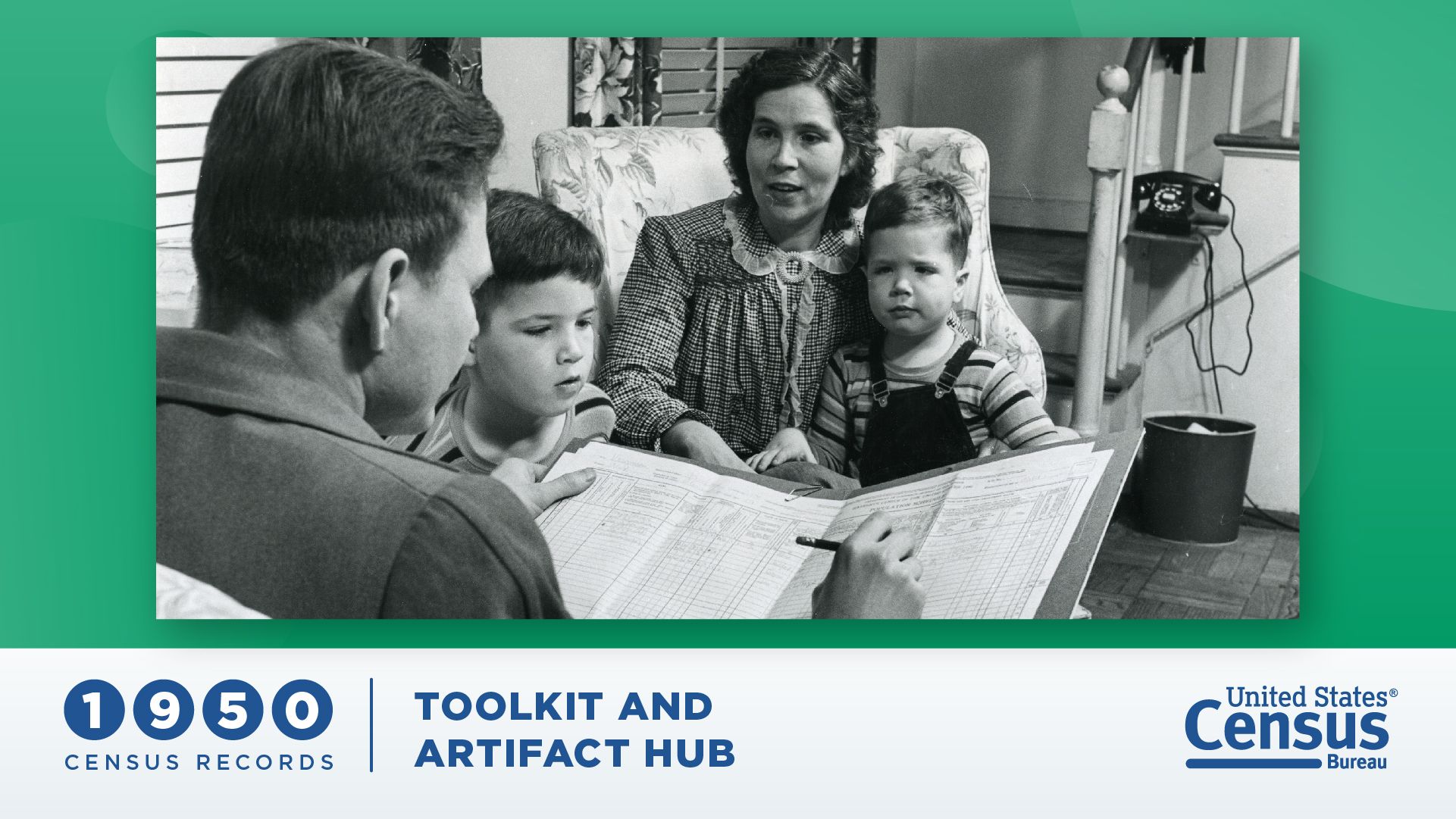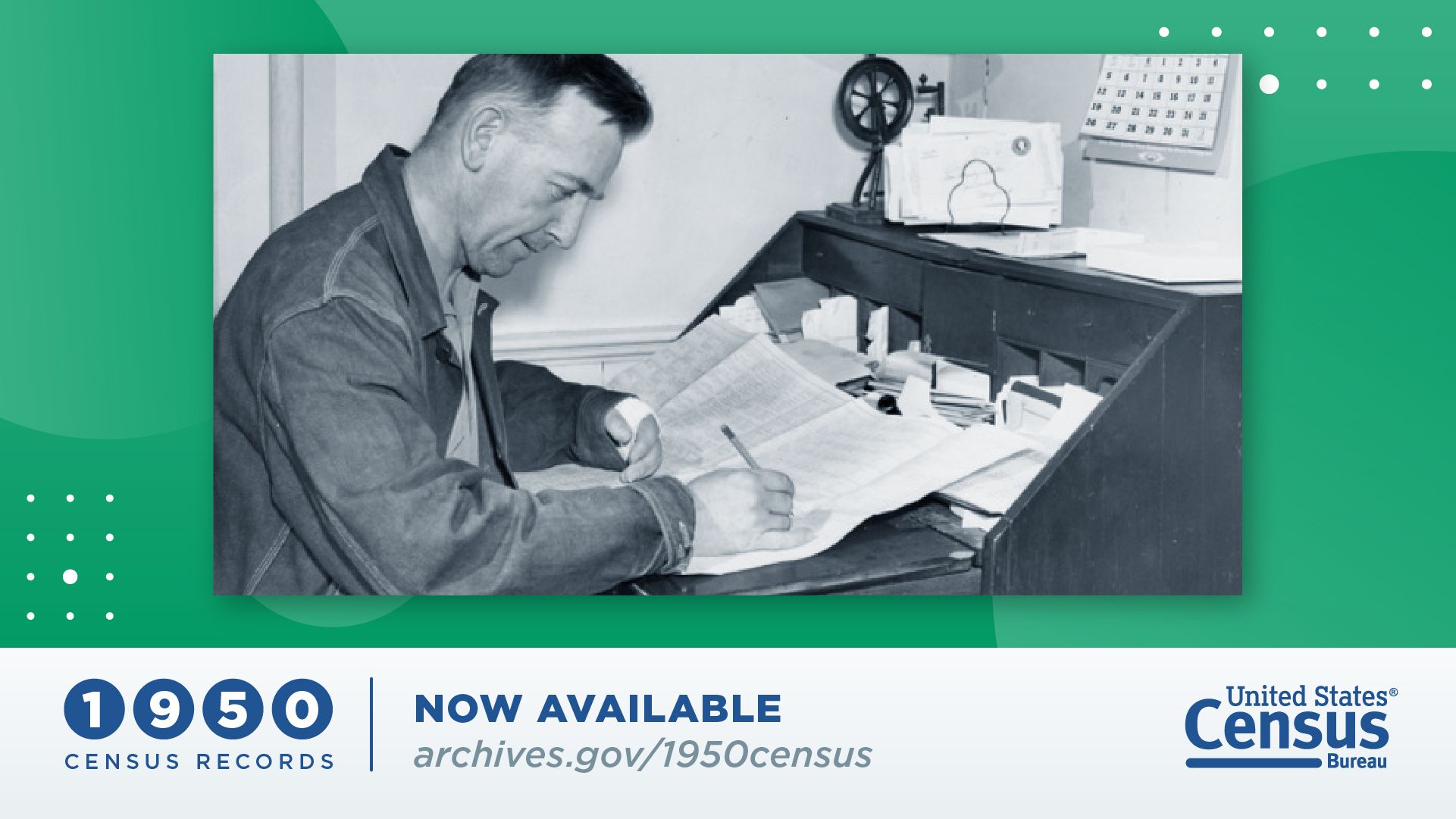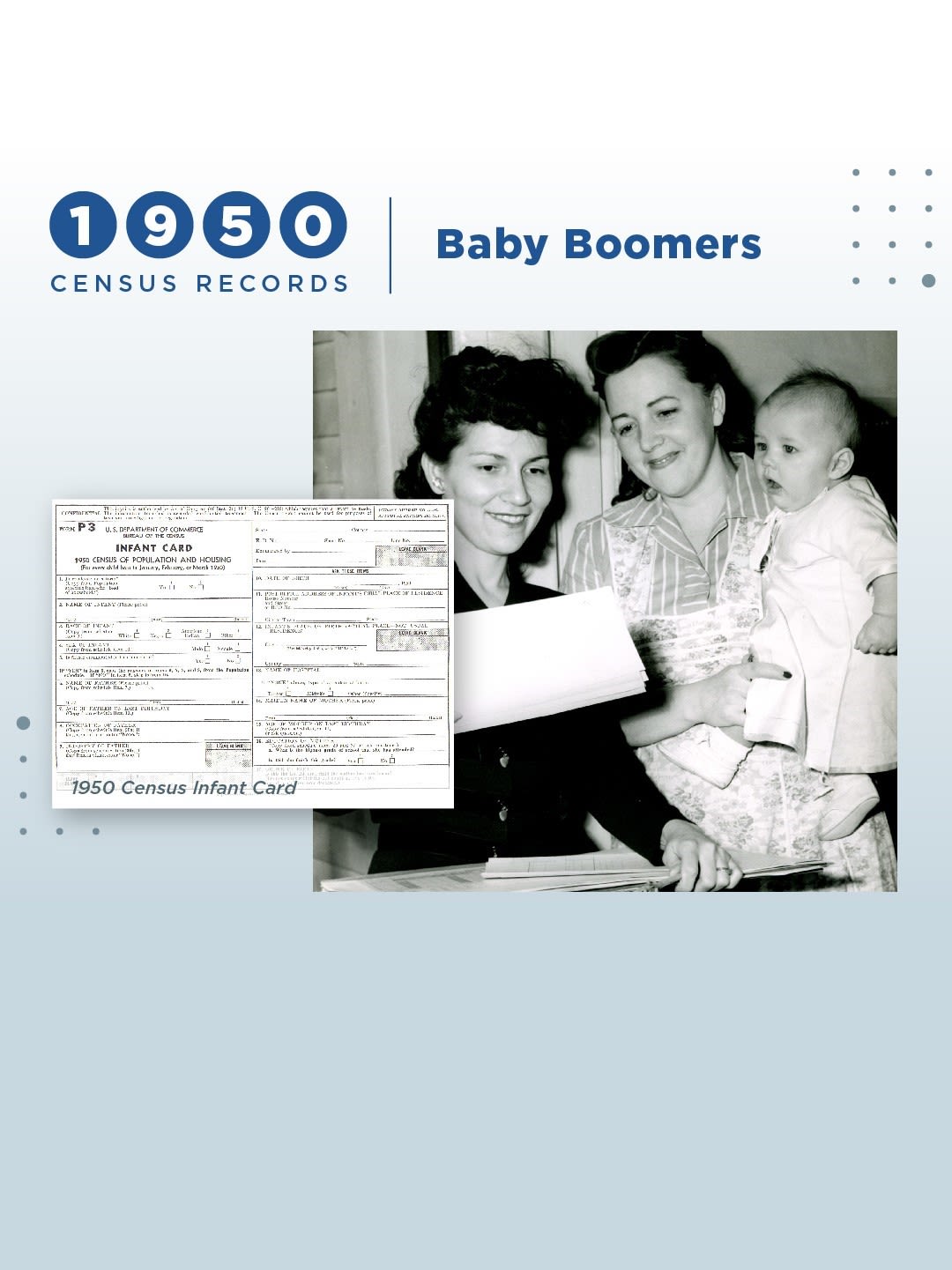1950 Census Records Release
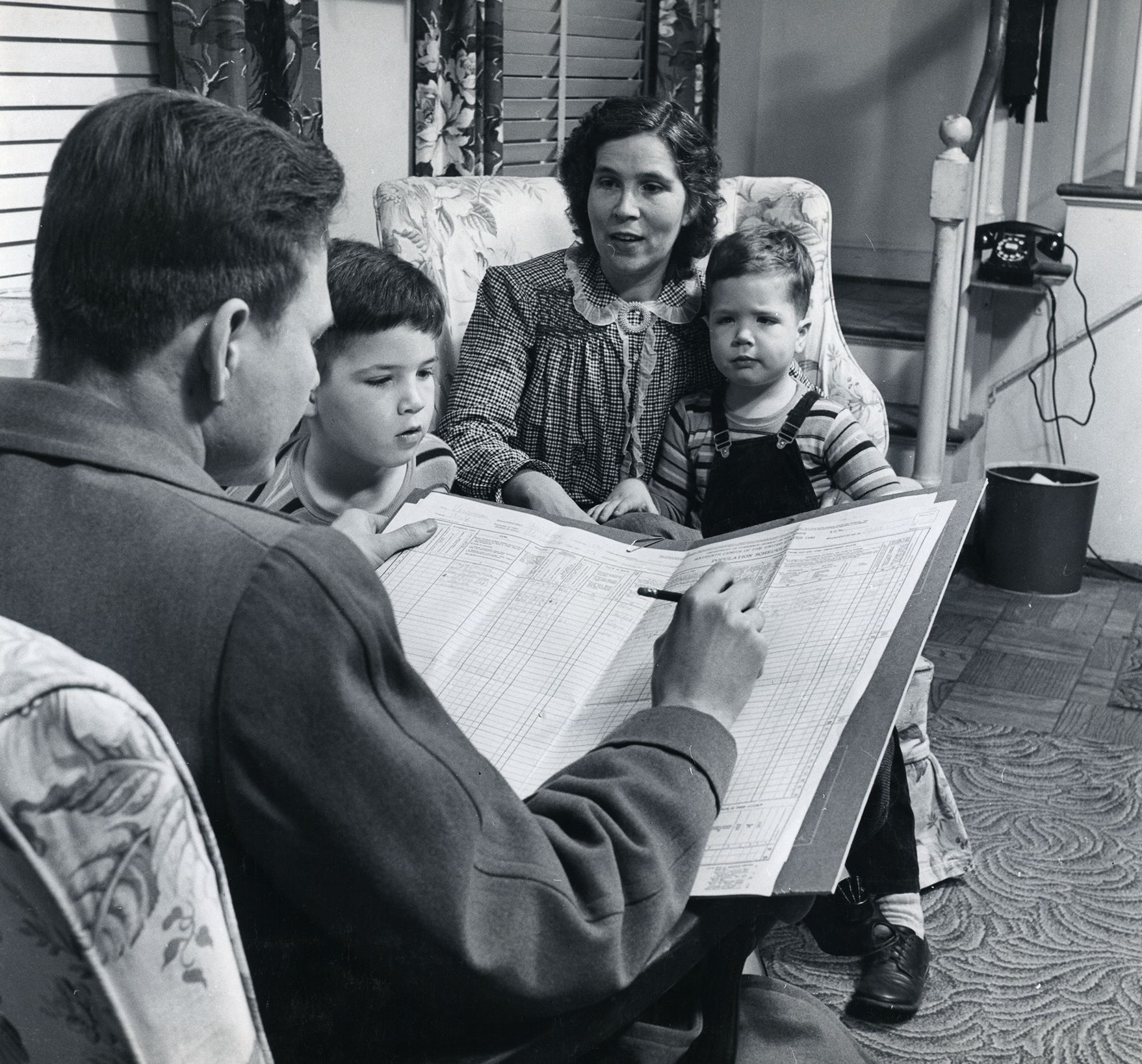
💻 About the 1950 Census
On April 1, 2022, the National Archives and Records Administration (NARA) made population records from the 1950 Census available to the public for the first time. The 1950 Census records release highlights the importance of responding to U.S. Census Bureau surveys and censuses.
The Census Bureau conducts the decennial census—the once-a-decade population and housing count of everyone living in the United States—as mandated by Article 1, Section 2 of the U.S. Constitution. For 72 years, personal census responses are confidential. Once a census is final and results are issued, the Census Bureau transfers the records to NARA. NARA is then responsible for storing and protecting all census records before releasing them to the public after 72 years.
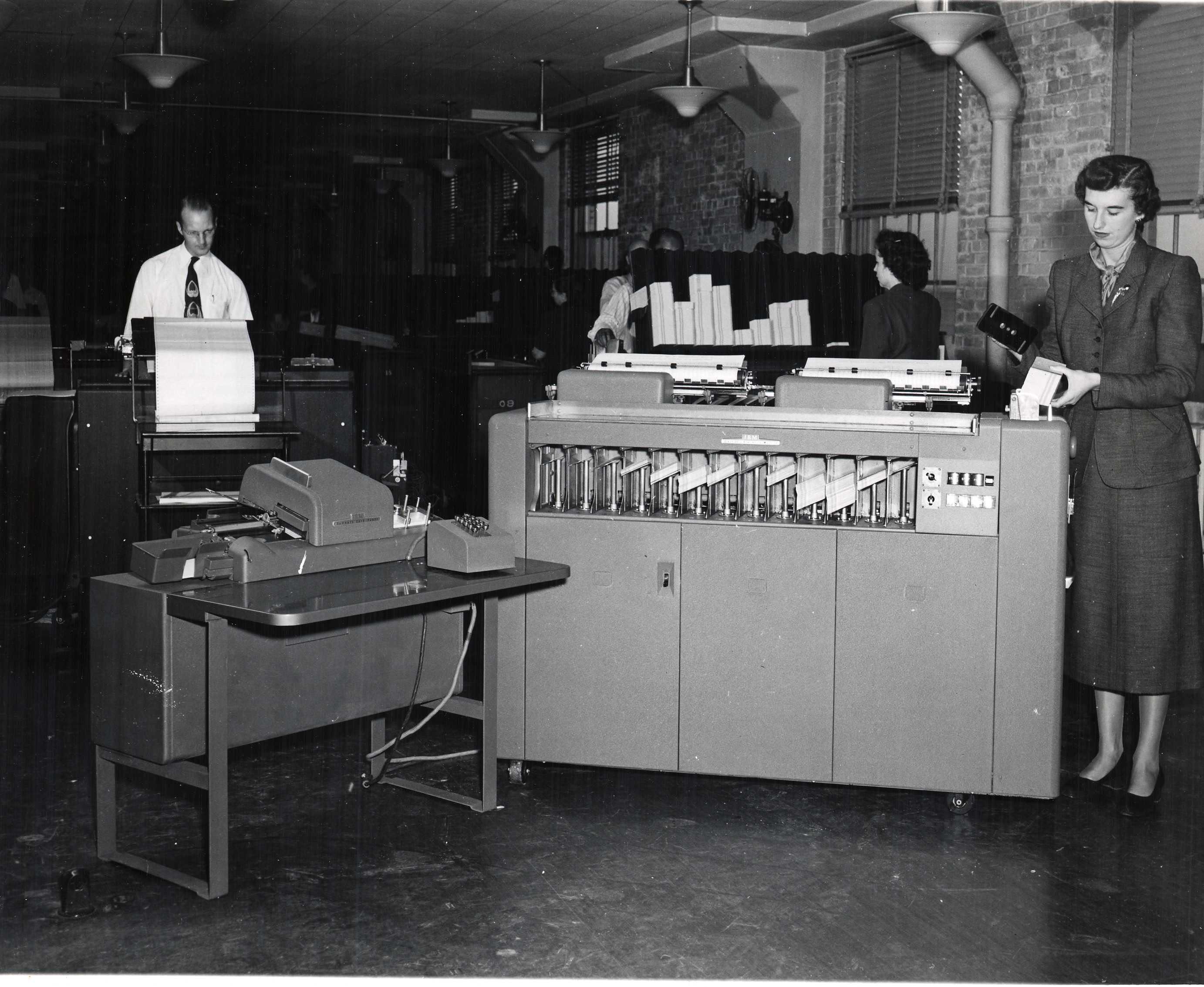
📣 Social Media Toolkit
Help us spread the word about the 1950 Census records release! Get started with our content and resources below and feel free to make them your own.
How to Use This Toolkit
- Choose the type of asset you will use (graphic, animation, or video) and the social media channel you plan to post on.
- Click the download button to save the graphic, animation, or video to your device.
- Highlight and select the text you want to use for your social media post and copy the text to your clipboard.
- Go to the social media channel you plan to post on, paste the copied text, and add the downloaded graphic or animation to your post.
- If posting on Instagram, make sure to add the relevant link to your bio so your followers can learn more.
- Remember to tag @uscensusbureau in your posts, use the hashtag #1950Census, and link to Census.gov or the National Archives website.

Graphic: Toolkit and Artifact Hub
Sample Copy: Join the #1950Census records conversation with the @uscensusbureau Toolkit & Artifact Hub. Records from the 1950 Census are now available! https://t.co/JEKdLlRP9X
Animation: Family Tree
Sample Copy: Decennial census records are an important tool in #genealogy research and are free to access. Learn more and explore the 1950 Census records: archives.gov/1950census #1950Census
Graphic: Responding to the Census
Sample Copy: The new release of #1950Census records highlights the importance of responding to @uscensusbureau surveys and censuses. Explore all you can learn from the new records: census.gov/1950records
Conducting genealogical research or interested in finding census records about family members? 📝
— U.S. Census Bureau (@uscensusbureau) April 1, 2022
Learn about important resources for accessing and using #1950Census records released today with our new Census Academy course: https://t.co/n9CHkNdY27 pic.twitter.com/lYiypdpQRo
#Teachers: Have students play our #1950Census #StatsInSchools @Kahoot game comparing U.S. population and other #CensusData then and now.
— U.S. Census Bureau (@uscensusbureau) March 29, 2022
Don’t forget to use our 1950 Census Fun Facts handout for answer clues.
Start here: https://t.co/MQOTnzBZ7D pic.twitter.com/JkIHkmfIuu
Graphic: Our History
Sample Copy: The new release of #1950Census records provides genealogists, historians, researchers, and all of us an opportunity to research our family history alongside our nation’s history. Explore new census records to see how America has changed: census.gov/1950records
#ICYMI: Peek into the lives of famous Americans who first appeared in #1950Census records released by the @USNatArchives, like Nora Ephron, Richie Havens & Bob Ross: https://t.co/9EtRUDjlES #AmericaCounts #NARA #CensusHistory pic.twitter.com/FQcPuORjKp
— U.S. Census Bureau (@uscensusbureau) April 3, 2022
#ICYMI: Our #AmericaCounts team asked @USNatArchives staff to discuss the significance of the #1950Census records release and how it will benefit the public.
— U.S. Census Bureau (@uscensusbureau) April 2, 2022
See what they said: https://t.co/VPuHbkZ0v6 pic.twitter.com/t255QVo52J
📋 Resources
Census Bureau Resources
- Director Santos Remarks: 1950 Census Records Release
- Overview: 1950 Census Records Release Page
- Press Kit: 1950 Census Records Release
- Census Academy Course: A Stroke of Genealogy: Searching U.S. Census Bureau Records
- Kahoot! Game: Then and Now: A Look Back at the 1950 Census
- America Counts Story: National Archives Releases 1950 Census Records
- America Counts Story: Famous People Who First Appeared in 1950 Census Records
- America Counts Story: 1950 Census Records: A Window to History
- Facts for Features: 1950 Census Records Release
- Fact Sheet: 1950 Census Records Release
- Data Visualization: Historical Apportionment Data Map
- Data Visualization: Center of Population Data (See how it has changed since 1950)
- Recorded Webinar: Demographic Perspectives on the 1950 Census
NARA Resources
- Celebration Videos: 1950 Census Records Release
- Overview: 1950 Census Records Release Page
- Explore: Search the 1950 Census
- Press Release: National Archives Releases 1950 Census Records
- Press Kit: 1950 Census Records Release
- Social Media Toolkit: 1950 Census Records Release
- Blogs: 1950 Census Blog Series
- FAQs: Frequently Asked Questions About the 1950 Census
- Video: 2022 Genealogy Series: 1950 Census

🔎 Explore History and 1950 Census Artifacts
The 1950 Census opens a window into one of the most transformative periods in modern American history, revealing a country of roughly 151 million people who had just recently emerged from the hardships and uncertainties of World War II and the Great Depression.
With little housing construction during the prior two decades, the nation's population mostly lived in cities and rural areas, often in crowded conditions. Suburbanization had only recently begun and would increase substantially in the coming decades thanks to the GI Bill, sustained postwar economic expansion and construction of a comprehensive interstate highway system.

Veterans
The 1950 Census was the first decennial census after World War II.
In addition to being an information source for those researching our nation’s veterans, we also employed hundreds of WWII veterans. Some of the many Census Bureau workers who served include Tuskegee Airman Gordon T. Boyd, Jr., pilot and drone pioneer Wilbur “Will” J. Mathias, WAVES officer Dorothy Paul Pritzker, and Signal Corps sergeant Tranquilino “Frank” B. Aquino.
Learn more about these and other notable Census Bureau employees.
Baby Boomers
Are you a “Baby Boomer” or a child of someone born between 1946 and 1964?
The 1950 Census captured the first wave of the post-World War II baby boom. Enumerators recorded 16,196,536 children under the age of 5, making it the largest population of any five-year age band.
Learn more about the 1950 Census and the Baby Boomers.
The Truman Family
In 1950, President Harry S. Truman announced his administration’s intention to oversee the completion of the 1950 Census.
A few weeks later, 142,962 enumerators began the task of counting every person in the United States and its territories, living overseas, and aboard American-flagged and U.S. government vessels.
Learn about the decennial census through the decades.
Overseas Enumeration
Nearly five years after World War II, the 1950 Census marked the first time the United States had a large number of military and government workers living overseas with their families. As a result, we created special forms to count this population.
The 1950 Census found 481,545 Americans living and working abroad for the federal government, serving in the military, or employed on a merchant ship—a significant increase from 118,933 in 1940.
Learn more about overseas enumeration.
Albert Einstein
Physicist and Nobel Prize winner Albert Einstein was born in 1879.
This photo captures Census Bureau enumerator Erna Bovie Cromwell enumerating Einstein near his home in Princeton, New Jersey, during the 1950 Census.
Check out our Census History page on Einstein.
💬 Follow Us!
U.S. Census Bureau Official Social Media Accounts


